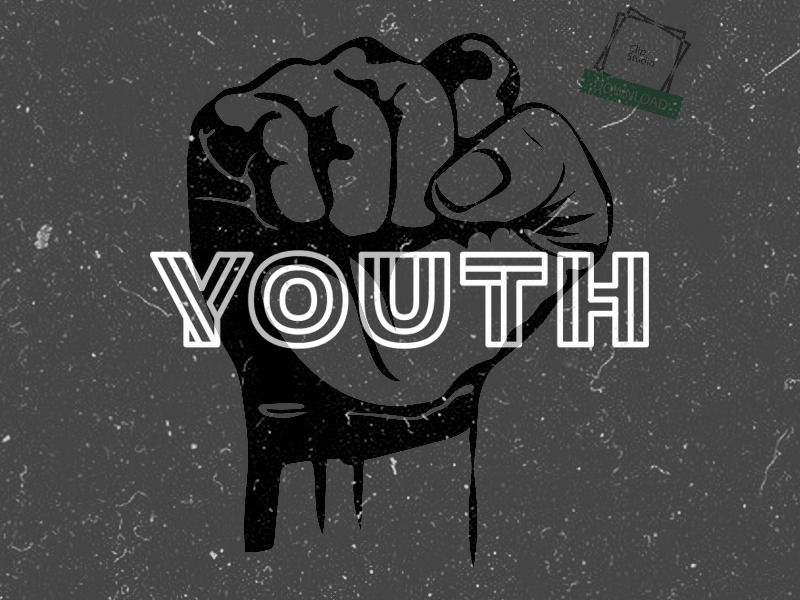Revolutionizing Learning: Six Key Components for Transforming Education
- Poonam V

- Sep 25, 2020
- 3 min read
Updated: Nov 12, 2023
Six Paradigm-Shifting Elements Revolutionizing Education

Starting off:
The field of education is always changing because of new technologies, new ways of teaching, and changes in society. These changes are affecting how we learn and how we teach it. We'll be thinking about six important ideas that are leading the way in changing education and bringing about a new era of learning, teamwork, and acceptance.
The Rise of Artificial Intelligence (AI) in Education:
As we move into the 21st century, the idea of using artificial intelligence (AI) in education is no longer just a theory. It is now a real thing. The way standard classrooms work is changing because AI can adapt to different learning styles, offer personalized tutoring, and give immediate feedback. AI systems run adaptive learning platforms that look at student performance data to change the lessons so that students can learn more effectively and in a way that fits their needs.
Blockchain Technology for Academic Credentials:
The new technology of blockchain promises to change the way we think about academic credentials. Blockchain protects the accuracy of degrees, certifications, and titles by making it possible to keep safe, unchangeable records of academic success. This spreading out of academic records lowers the chance of fraud and makes the proof process easier to use and available all over the world. This creates new opportunities for working together and being recognized internationally.
Augmented and Virtual Reality in Learning:
combining augmented reality (AR) and virtual reality (VR) technologies has made learning possible in places other than standard classrooms, where students are immersed in dynamic and interactive learning environments. AR and VR bring things to life, like virtual field trips and three-dimensional anatomy lessons, which helps people understand and be interested in them more. These devices not only make learning better, but they also give teachers new ways to keep students' attention and help them learn in different ways.
Also, READ | HOW TO CREATE YOUR OWN LIBRARY!
Collaborative Learning Platforms: In this age of connectivity, collaborative learning platforms and transforming education have become important tools for sharing information and working together to solve problems. Online forums, virtual study groups, and joint projects let students and teachers from all over the world share their thoughts and ideas with each other. This connected learning ecosystem supports different points of view, lets students teach each other, and gets them ready for a world where working together is very important.
Micro-credentials and lifelong learning are on the rise:
The old way of thinking about education as something you do once is giving way to a new way of thinking about it where learning is something you do all your life. Rapid progress in many areas requires people to keep learning new skills and improving the ones they already have. Micro-credentials, which are short, focused courses that prove you have certain skills or information, are becoming more and more popular. This move toward lifelong learning gives people the tools they need to adapt to a changing job market. It also encourages people to keep learning outside of official school settings.
Also, READ | 10 Habits That Will Increase Productivity
Climate change and cross-cultural education:
In this age of globalization, cross-cultural education is becoming more important as a part of a well-rounded education. Students from all over the world can learn from each other in virtual classes, which promotes cultural intelligence and opens up new points of view. This globalized way of teaching not only gets students ready for a multicultural world, but it also helps break down social barriers, build understanding, and create a community of learners around the world.
Also, READ | Life is a live performance
In conclusion:
We are on the verge of an educational revolution, and it is important to understand how these six things can change things. AI, blockchain, augmented and virtual reality, collaborative platforms, lifelong learning, and international education are not separate ideas; they are all parts of a new way of teaching and learning. Including these things will not only get us ready for the future, but it will also make sure that the future of education stays a lighthouse of growth, knowledge, and openness.





Comments